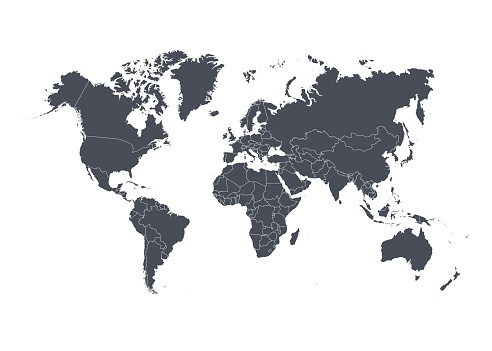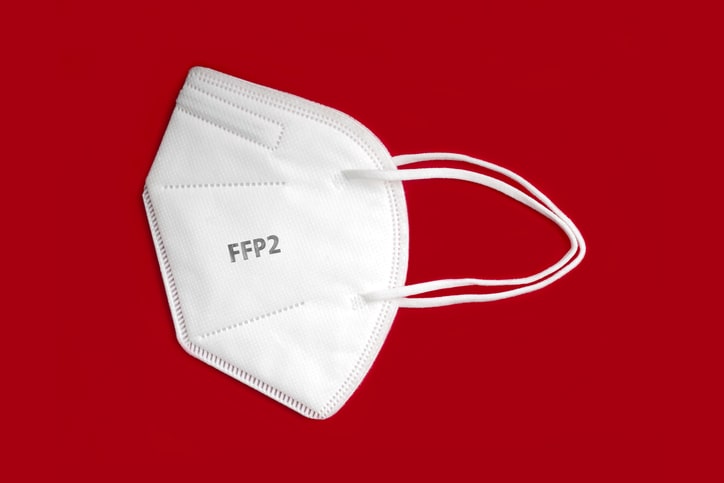
In a recent update published in The Lancet Global Health, the International Society of Nephrology Global Kidney Health Atlas reported that countries in low-resource settings demonstrated “substantially diminished capacity for kidney care delivery.” The research assessed the availability, accessibility, quality, and affordability of medicines, kidney replacement therapy (KRT), and conservative kidney management (CKM).
The report, authored by Aminu K. Bello, MD, PhD, et al, was based on results of a literature review of information on the prevalence of chronic kidney disease (CKD) from 161 countries that sought to determine the burden of CKD and estimate the incidence and prevalence of treated kidney failure.
The study also incorporated data from a global survey of opinion leaders. Survey responses covered 167 (87%) of 191 countries and represented 97.4% (7.700 billion of 7.903 billion) of the world’s population.
The worldwide median prevalence of CKD was 9.5% (IQR, 5.9-11.7), with the highest prevalence in Eastern and Central Europe (12.8%; 11.9-14.1). Availability of key treatments was widespread. Chronic hemodialysis was available in 162 (98%) of 165 countries, chronic peritoneal dialysis in 130 (79%), and kidney transplantation in 116 (70%). Of 164 countries, 121 (74%) were able to provide KRT to more than 50% of people with kidney failure. CKM was available in 87 (53%) of 165 countries. Children could not access hemodialysis in 12 (19%) of 62 countries, peritoneal dialysis in three (6%), or kidney transplantation in three (6%).
Costs of treatment were a burden on patients and access was limited among populations in low-resource countries. The annual median costs of KRT were $19,380 per person for hemodialysis, $18,959 for peritoneal dialysis, and $26,903 for the first year of kidney transplantation. Public funding for free hemodialysis at the point of delivery increased along with a country’s income level; 74 (45%) of 166 countries provided for hemodialysis in this manner.
The study also looked at the health care workforce as a contributing factor. The median global prevalence of nephrologists was 11.8 per million population (IQR, 1.8-24.8), with an 80-fold difference between low- and high-income countries. Differing degrees of health care workforce shortages were reported across regions and country income levels. A quarter of countries had national strategies for CKD (41 [25%] of 162), and 78 (48%) of 162 countries recognized CKD as a health priority.
“The data serve as an important baseline for evaluating the impacts of various initiatives to change [CKD] outcomes in the future, to measure progress in countries and regions over time,” the authors stated.
Source: The Lancel Global Health







 © 2025 Mashup Media, LLC, a Formedics Property. All Rights Reserved.
© 2025 Mashup Media, LLC, a Formedics Property. All Rights Reserved.